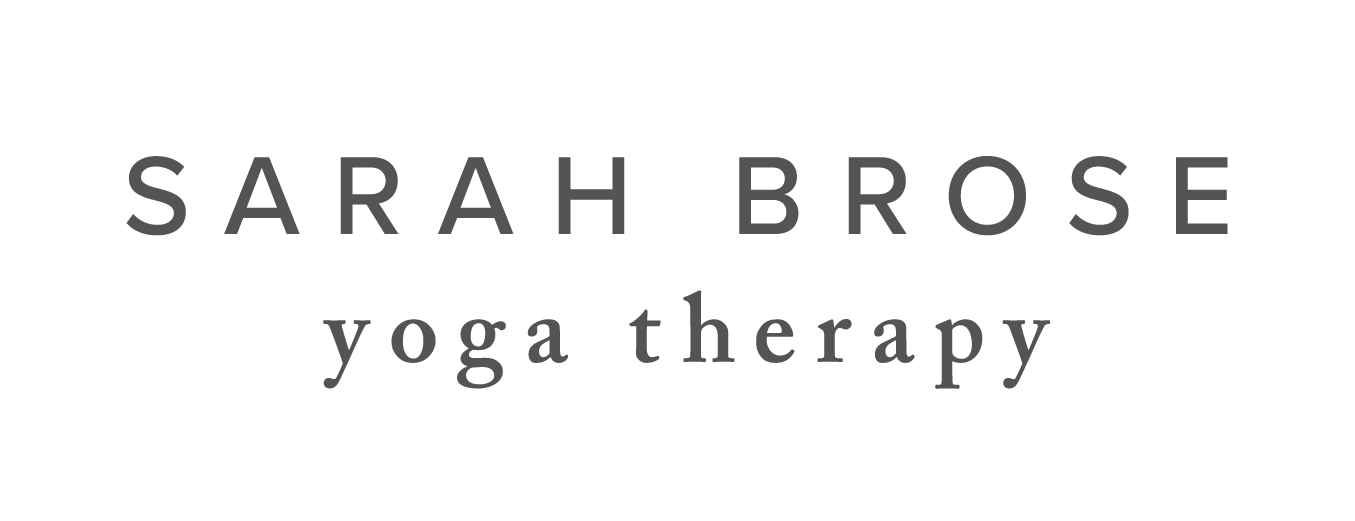The Story of the Golden Buddha
“Consider a sculptor. When carving a stone, the sculptor removes everything that is not the statue. She doesn’t add anything to create it, except the willingness to do the work. The art of revealing the beauty lies in removing what conceals it.”
- Judith Lasater
The following is based on a true story. While some of the details vary from source to source, the essence of the story remains. I have done my best to capture this essence in my own words.
Within the walls of a Thai Monastery, existed a giant statue of the Buddha made of plaster and clay. This statue had survived centuries of storms, changes of government and political turmoil. Although the statue wasn’t particularly beautiful, it was deeply revered. In its presence, people felt a soothing sense of comfort, of familiarity.
In 1957, the time came for the Monastery to receive some renovations. In preparation, the monks were preparing to move the statue. It was dry season and the air was particularly hot and arid. As the process began, one monk noticed a large crack on the surface of the statue. Curious, he beamed a light inside. Upon peering in, he discovered a golden light emanating from the crack. Immediately, he shared his discovery with his fellow monks. Shortly after, a group of them gathered with hammers and chisels to chip away at the plaster and clay. Soon, the group’s efforts revealed a great, great treasure: the statue was made of solid gold. Historians believe the statue had been covered over several hundred years earlier in order to protect it from an attack by the Burmese army. This is the largest golden statue of the Buddha known to exist today.
What I love about this story is that the statue was purposely covered over with plaster and clay so it could survive difficult years. Much in the same way we cover our own innate goodness with defence strategies and coping mechanisms in order to survive difficult times.
What this story highlights is that the issue is not that we have the covering, but our relationship to it. Pain and suffering are natural and inevitable parts of being a living, breathing, feeling human being. In fact, the habit patterns we adopt are a mere reflection of our instinctual desire to survive in the best way we know how. The issue arises when we get so identified with the covering - the diseased self, the injured self, the addicted self, the achieving self, the anxious self, etc. - that we forget the one who is looking through the mask; our own true Self that is glimmering underneath.
In my experience, staying connected to the essence of who we are is the key to cultivating the patience, understanding and self-compassion necessary for turning our gaze inwards and beginning to chip away at some of the habit patterns we learned in the past, that are no longer useful in the present moment. In doing so, one remembers that while our illness or injury or addiction or angry outburst is a part of us, it is not the essence of us. It is merely a reflection of an imbalance within us. In other words:
Your pain doesn’t have to be so personal.
It is not your fault.
Practices like Mindfulness and Yoga can be seen as reliable systems which help us recognize our habit patterns that may be obscuring the gold. By peeling away this covering, we come back in touch with our own purpose and creativity and innermost desire of what matters to us most.








